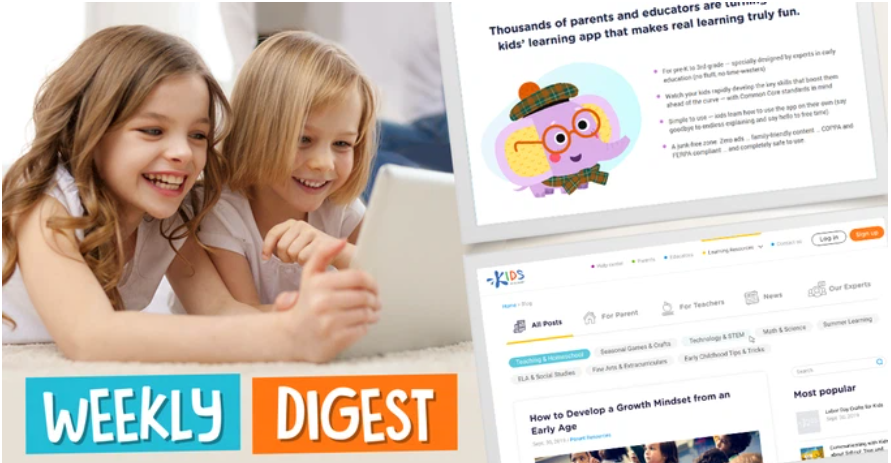Basic math application Math Worksheets for Ages 6-9
5 filtered results
-
From - To
Discover engaging Basic Math Application Worksheets designed for children aged 6-9 at Kids Academy. Our printable resources feature a variety of interactive activities that make learning math fun and effective. Covering foundational concepts such as addition, subtraction, and simple word problems, these worksheets are perfect for reinforcing skills at home or in the classroom. Each worksheet includes clear instructions and colorful visuals to captivate young learners. Empower your child with essential math basics and boost their confidence in mathematics. Explore our collection today and give your child the tools they need for academic success!
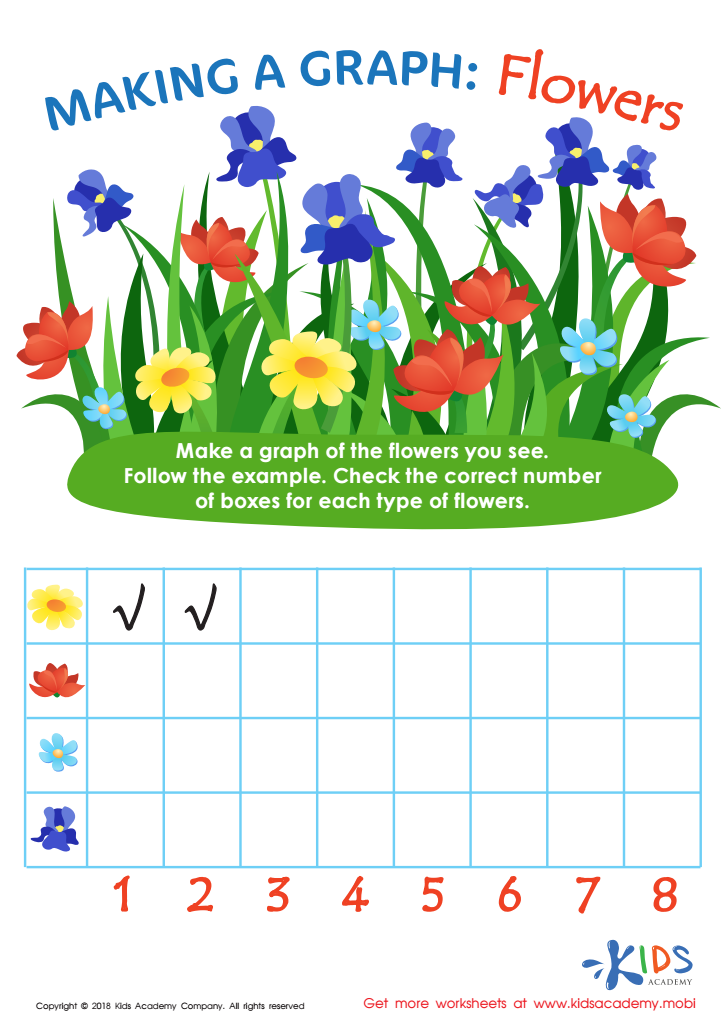

Making a Graph: Flowers Worksheet


Pencil Case Math Worksheet
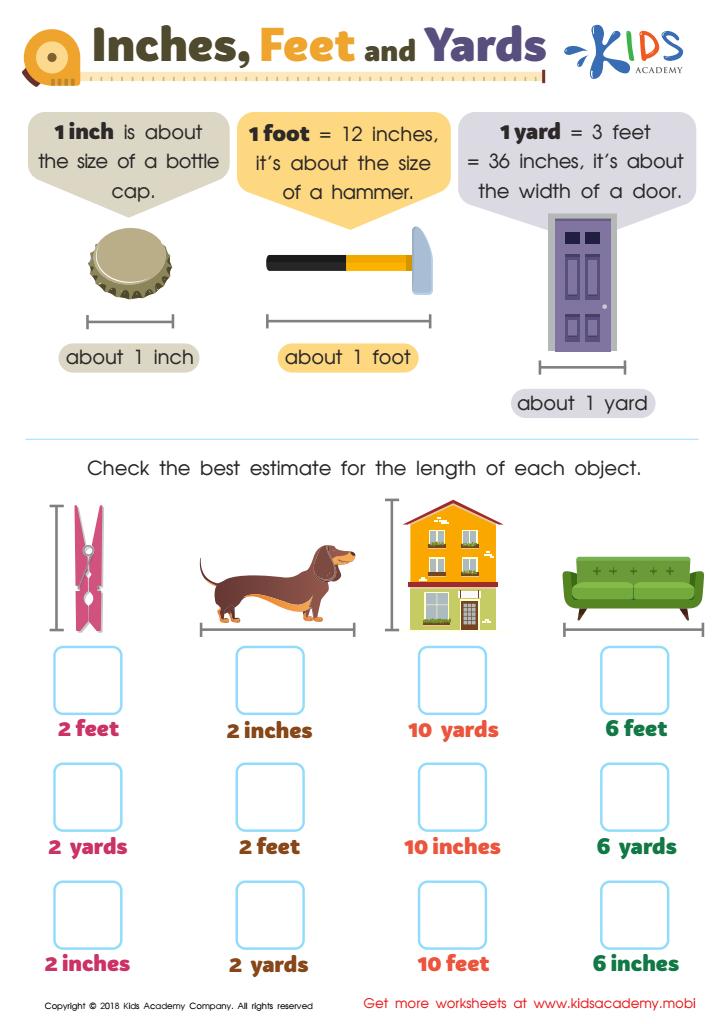

Inches, Feet and Yards Worksheet
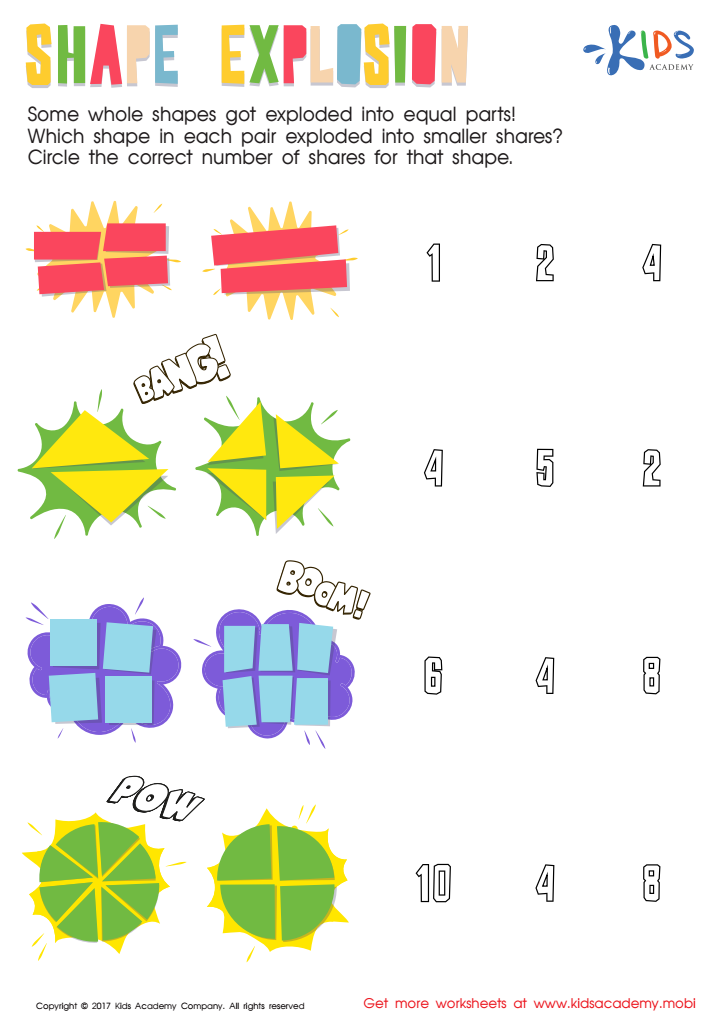

Shape Explosion Worksheet
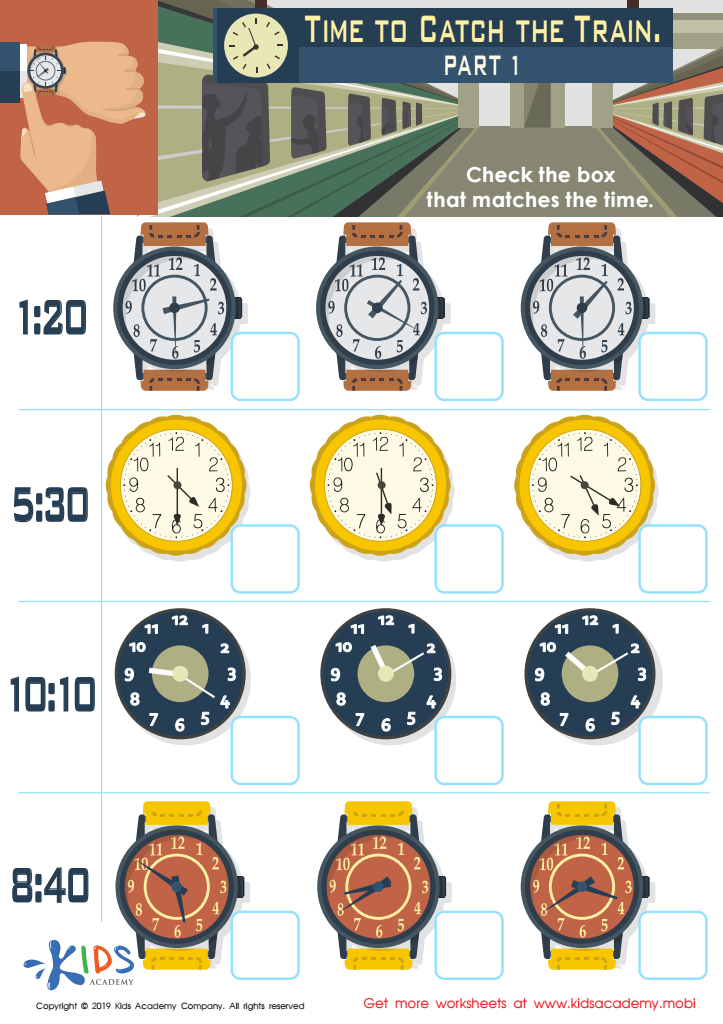

Time to Catch the Train Part 1 Worksheet
Parents and teachers should prioritize basic math applications for children aged 6-9 because this foundational understanding sets the stage for future academic success and everyday problem-solving. At this critical stage of development, children begin to grasp essential concepts like addition, subtraction, and simple multiplication, which are key for cognitive growth and logical reasoning.
Incorporating practical math applications helps children see the relevance of numbers in their daily lives, whether it's counting objects, measuring ingredients in recipes, or managing pocket money. This real-world context fosters engagement and makes learning enjoyable.
Furthermore, strong math skills promote confidence and independence, essential traits for lifelong learning. Confidence in math not only influences academic performance but also shapes a student’s attitude toward future STEM (Science, Technology, Engineering, and Mathematics) subjects.
Early exposure to math in enjoyable and meaningful ways can aid in developing a growth mindset, teaching children that persistence and effort lead to improvement. By prioritizing basic math applications, parents and teachers empower young learners with the tools they need for both current success and a solid foundation for more complex mathematical concepts in the future.
 Assign to My Students
Assign to My Students



